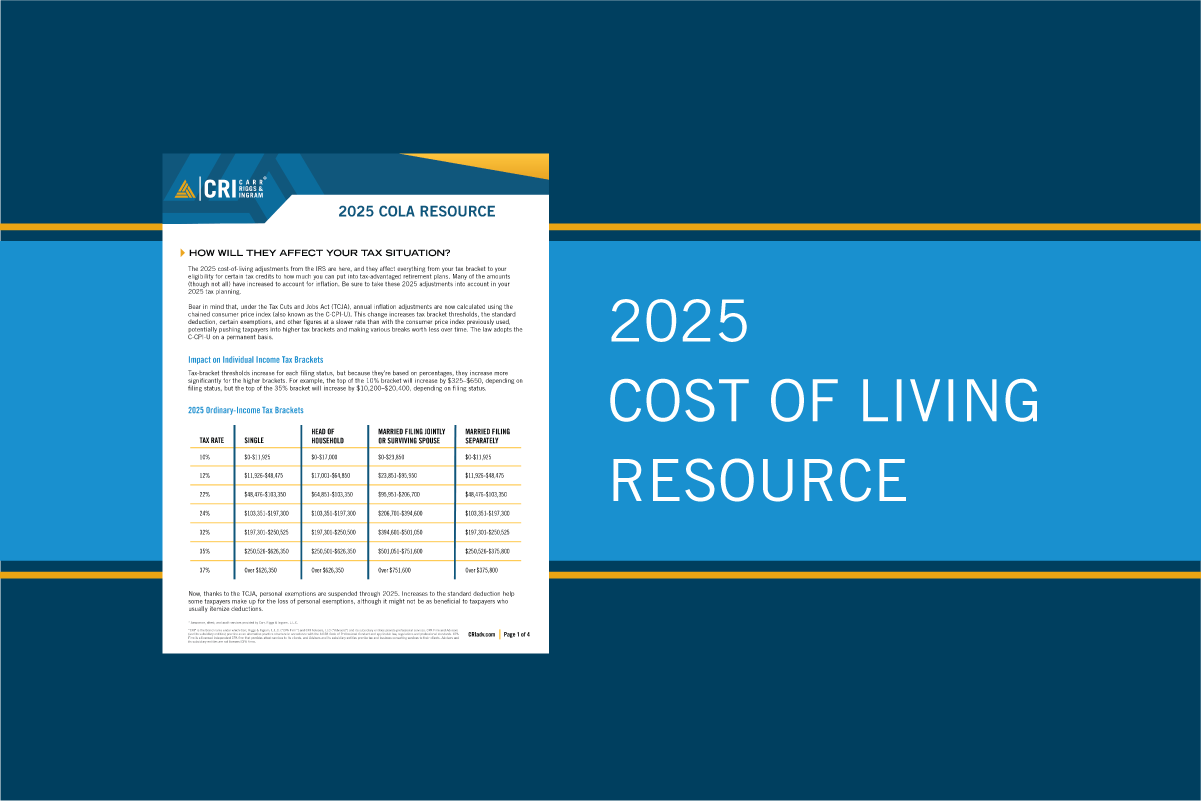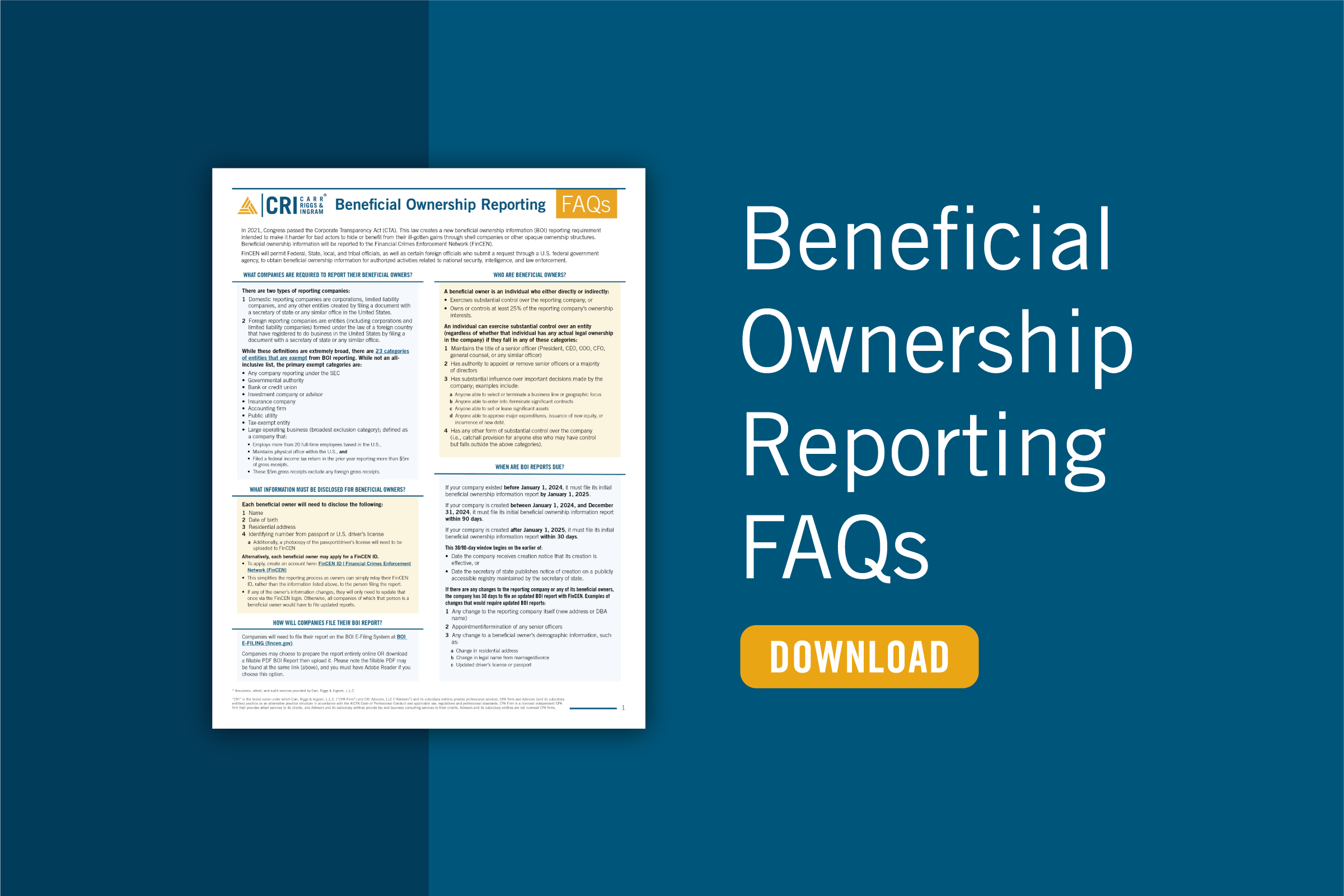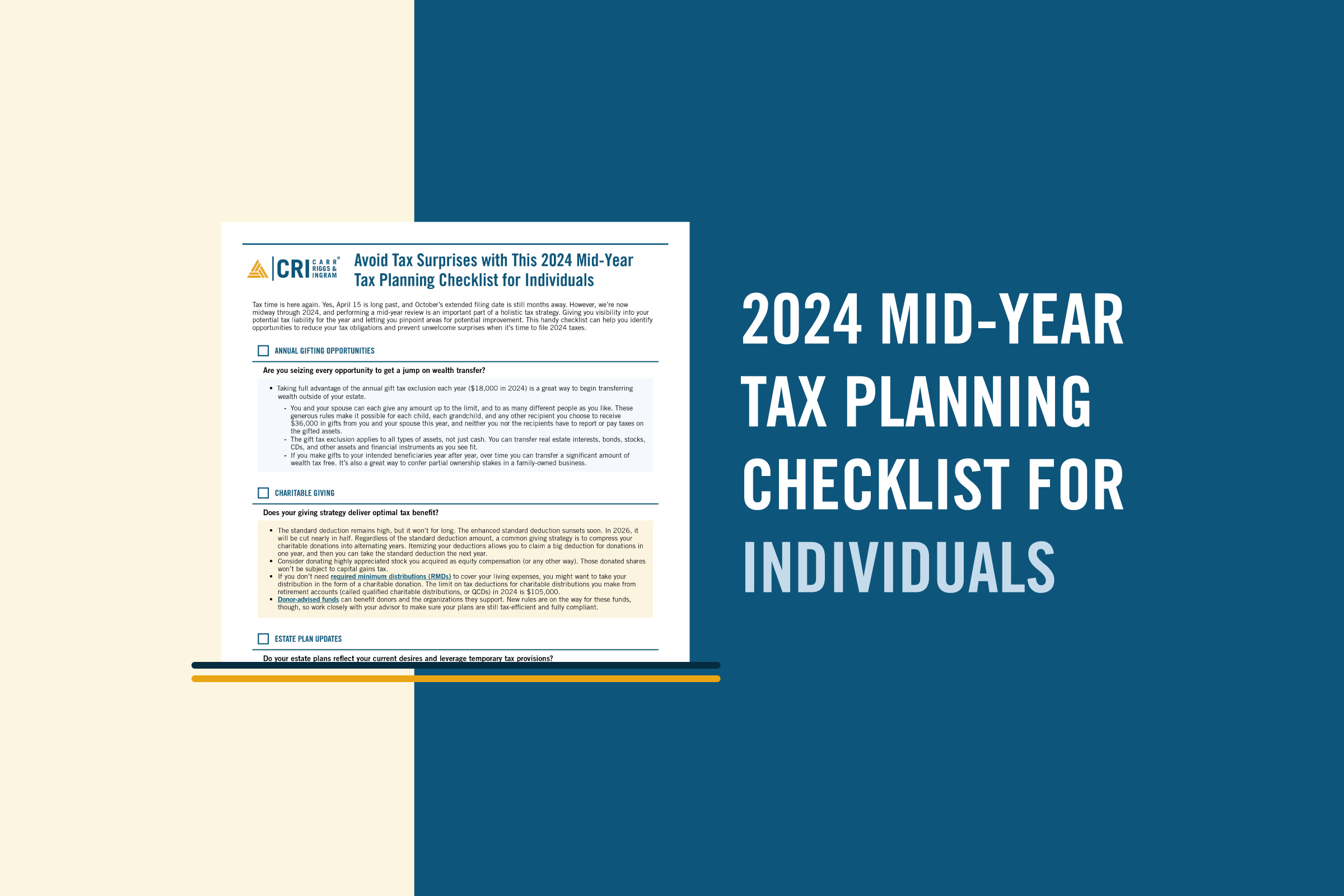Five Internal Controls to Prevent Fraud in Nonprofits
- Contributor
- Frank Mason
Mar 1, 2022
Fraud—it doesn’t just happen in big corporations. It can also be a real threat to nonprofits of any size. In fact, some characteristics of nonprofit organizations make them particularly vulnerable to fraud: money matters tend to take a back seat to the mission, staffing can be limited, and volunteers often lack accounting knowledge. Add cash and check donations to the mix, and it’s easy to see how a nonprofit could become an embezzler’s target.
So, how do you keep your nonprofit fraud-free? The potential for fraud is mitigated by putting in place a strong set of internal controls—policies designed to stop systemic misuse or misappropriation of funds. These five internal controls are key steps toward preventing fraud at your organization.
Divide and Conquer
Dividing the financial duties is a must in fraud prevention. When one person handles all parts of your nonprofit’s financial transactions and bookkeeping, it leaves your organization more vulnerable to fraud. Make sure that the person depositing funds into accounts is not also the person maintaining the records for those accounts. Have more than one set of eyes on timesheets and purchase authorizations. Your risk of check-related fraud can be decreased by authorizing more than one signer, as well as designating one person to write the checks and another person to sign them.
Good Governance
Members of your nonprofit’s board of directors are there to support your mission, and one of the ways they do that is by making sure the organization’s finances are in order. At least one member of the board of directors should have a business background and be willing to regularly look over bank statements and financial statements. The board should be told to always look out for potential fraud and to report issues to management if any arise.
Prove It
Make it known that all employees must save receipts any time petty cash is used, supplies are purchased, or other expenditures are made. Also, if you hire outside contractors, be sure they provide you with an invoice for their work. Requiring a paper trail for each instance money is spent can help ensure all charges are legit.
Get Tech-Savvy
Take advantage of new banking and finance technology to help stop fraud in your nonprofit. Many banks and credit card companies offer the option for text or email alerts to be sent each time a purchase is made. Managers should opt to receive those alerts to keep tabs on expenditures. Financial management software has also come a long way in terms of fraud-prevention tools. See what your software can do to help you identify potential fraud. Inquire with your bank about positive pay opportunities, whereby the non-profit provides advance direction to the bank that checks have been wired with your bank
Switch It Up
Predictable routines are a fraudster’s delight. Mixing things up can help protect your nonprofit. Surprise financial reviews, cross-training team members on other jobs, and requiring all employees to use their vacation time are a few ways to prevent systemic fraud by adding an element of unpredictability.
With the financial hardships caused by COVID-19, fraud is on the rise across all industries. CRI’s professionals can provide consulting services to help your nonprofit create or strengthen its internal controls. If your organization has been impacted by fraud, the CRI team can help analyze how it occurred and sort through losses. Contact our advisors to learn more about how to stop fraud.






































































































































































































































































































































































































































































